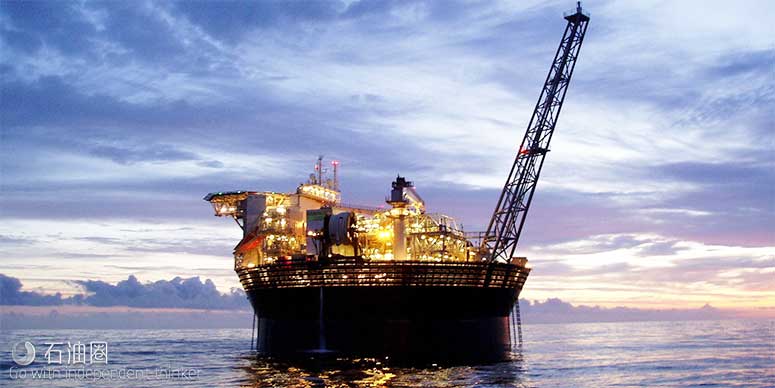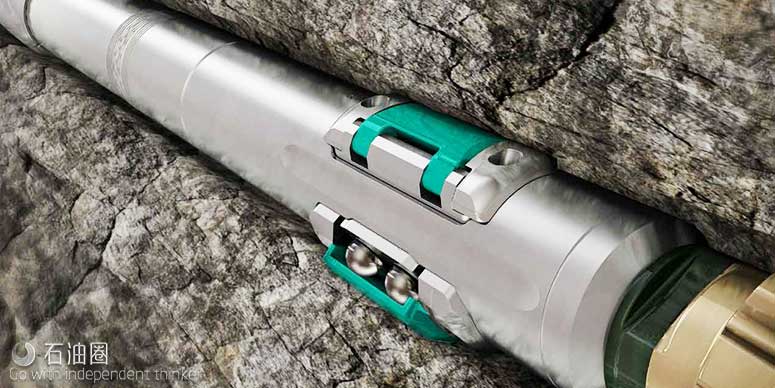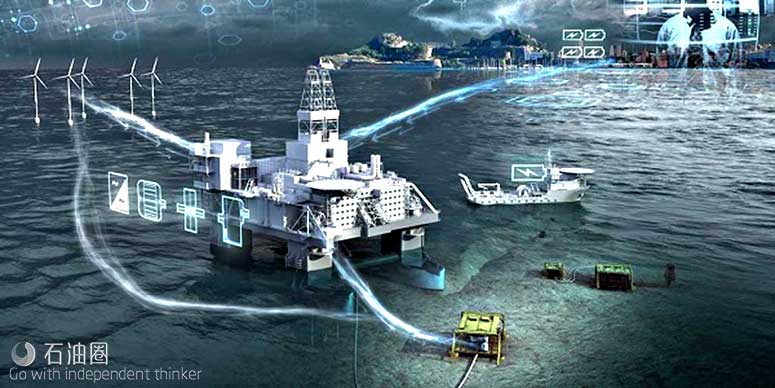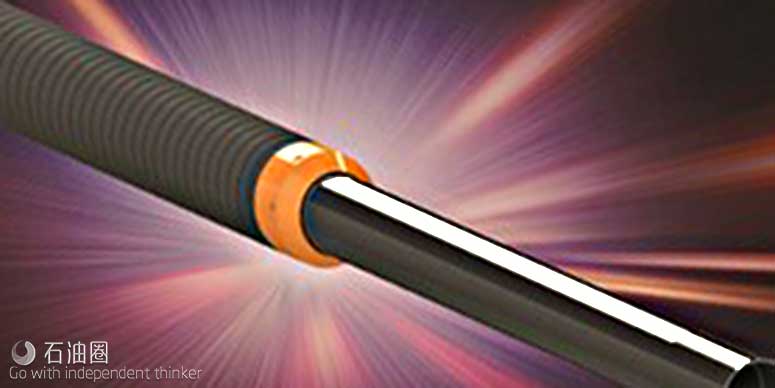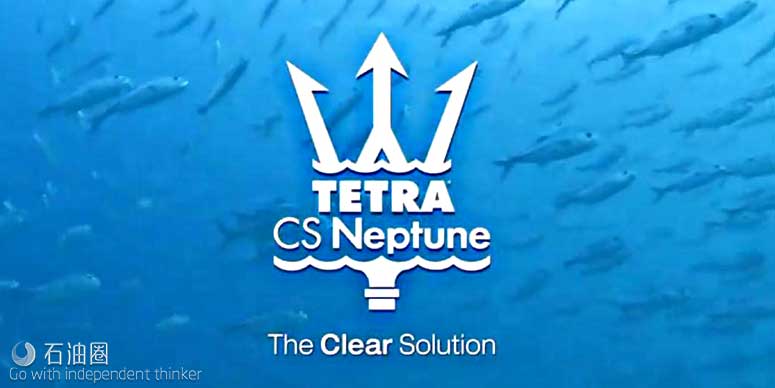As was the case last year, nearly all of this group of new technologies and next-generation improvements on existing products remains split between drilling and production applications. However, a couple of items address completions and well intervention. Among the miscellaneous items are an advanced battery system for offshore facilities; upgraded mooring release technology; and electrical heat-based technology that creates downhole sealants in minutes. As always, the companies developing and offering these advancements have geared their efforts to saving time and money.
FAMILY OF ROTARY STEERABLE SYSTEMS EXPANDED
Rotary steerable systems (RSS) utilize magnetic and gravity field measurement for steering control. However, when the magnetic field measured downhole is disturbed, or does not have enough signal strength, the steerability of some RSS designs relying on magnetic measurements can be compromised.
Schlumberger has released the PowerDrive Xcel RSS (Fig. 7), the newest member of the PowerDrive RSS family which, to date, has drilled more than 270 million ft around the world. The new RSS was designed for directional assurance in high-profile directional drilling operations. It has an inertial steering mode and a unique, fully rotating point-the-bit system, to ensure directional trajectory control under challenging conditions. This includes congested platforms, cased-hole sidetracks and trajectories passing through the zone of exclusion (where Earth’s magnetic field projection on the cross-section of tool is low) or ferrous formations.
Multiple BHA runs are common and time consuming for sidetrack wells, and are even more relevant for multi-lateral operations. This can be restrictive for RSS tools without fully rotating sleeves—regardless of the steering mechanism, as the sleeves require consistent hole engagement to operate. The customizable bend-offset enables the RSS to provide an effective sidetracking solution and higher curvatures, when required, enabling efficiencies from kick-off to the target depth–extending the application for dogleg severity assurance. The RSS system also features advanced downhole automated close loops in inclination and azimuth, which can be customized to local challenges, to optimize the automated tool reaction, when the directional tendencies try to deviate from the wellbore path.
Statoil used the PowerDrive Xcel RSS’s inertial steering mode in the North Sea to drill close to producing wells, while keeping production from these wells online. Beyond the continuous production benefit, four wells were drilled and completed successfully, saving five days of rig time.
SIEMENS LAUNCHES ADVANCED BATTERY SYSTEMS
Siemens is combining its experience and competence in the maritime and oil and gas sectors—with expertise in electrical engineering, electronics and digitalization—to deliver advanced battery systems (Fig. 8), suited for both all-electric and hybrid power solutions.
The company will open a new battery manufacturing facility in Trondheim, Norway, in 2018 that will be fully automated and digitized. Here, the company will produce advanced battery systems and energy storage solutions for all-electric and hybrid power and propulsion solutions for both marine and offshore oil and gas applications. These unique, highly standardized energy storage systems monitor the voltage and temperature of individual cells, which increases safety and reliability.
The same battery storage solutions for marine and offshore environments are applicable to offshore wind farms (between loss of wind to start of back-up power supply), and are scalable to suit both small and large vessels with up to MWh battery energy storage sizes. In light of recent oil price volatility, offshore operators continue to develop and implement means to effectively navigate fluid commodity prices. However, cost constraints are not the only driver behind innovation. The long-term sustainability of the industry is also predicated on minimizing its environmental footprint.
Siemens has extensive experience and expertise with power and propulsion solutions for all-electric and hybrid vessels.
The firm also has developed DC power grid solutions that reduce emissions, fuel use and costs in marine vessels. The company plans to leverage its expertise in the marine market to develop low-emissions offshore solutions.
TAM PACKERS INCREASE EXPOSED SURFACE ARE
Swellable packers are not new technology. However, they are constantly being improved, tweaked and modified to meet expanding customer needs and expectations. Over the years, they have been custom-designed and manufactured with wildly varying diameters, lengths and elastomers to handle a wide range of applications, including zonal isolation, flow diversion, water/gas shut off, cement integrity, and more. Swellable packers can handle high pressures, high temperatures, and are cost-effective solutions to difficult problems.
When standard swellable packers cannot handle an application, the most common iteration is altering the elastomer compound to produce a different result. Unfortunately, sometimes customer requirements are too difficult to meet using alternative elastomer compounds. Adjusting the chemical properties of the elastomer can only exact so much change before performance is reduced. To maintain peak performance properties, another method of altering swell times must be used.
One common way to alter time to swell is to adjust the outer diameter of the elastomer in relation to the inner diameter it is swelling into. This has a few downsides. First, if the elastomer is too far away from the inner diameter, it can have reduced performance. Second, if the elastomer is too close to the inner diameter, there is added risk while running in hole. As a result of these downsides, swellable packers are most often manufactured with a standard spacing between outer and inner diameters. Instead, operators must use other methods to adjust the swell times to the customer’s satisfaction.
A new, innovative solution is to alter the geometry to increase the exposed surface area of the elastomer. By increasing the exposed surface area, the swell time can be improved drastically. Unlike simply increasing the OD, this does not cause issues with allowable run-in-hole time. For applications that cannot wait for a normal swellable packer, the TAM FastSwell packer (Fig. 9) may be the optimum solution.
INNOVATIVE, HIGH-DENSITY COMPLETION FLUID INTRODUCED
TETRA Technologies, Inc., has introduced the TETRA CS Neptune completion fluid (Fig. 10), formulated without undissolved solids, zinc or formates. The first generation was developed specifically for a complex, high-pressure deepwater project that required high-density clear brine solutions. It addressed the environmental challenges that face oil producers seeking an alternative to zinc brines (classified as “marine pollutants” and prohibited from being used in the North Sea) and its replacement, Cesium formate which, until recently, offered the only alternative for North Sea operations.
TETRA’s completion fluid provides another environmentally-friendly and cost-effective option that meets requirements for operations in the Gulf of Mexico and the North Sea, as well as other environmentally sensitive areas. It is an engineered solution formulated with renewable chemistry, stable at elevated temperatures and during storage, and mixable with standard clear brine blending equipment. It is compatible with most elastomers, poses low corrosion risk, and performs at low temperatures and high pressures without crystallization. The fluid also can be formulated as a low-solids reservoir drill-in fluid.
The fluid was deployed on four ultra-deepwater completions in the Gulf of Mexico, where the operator was required to produce into a host facility, with the production stream free from zinc and priority pollutants. Alternative solutions, such as extended flowback to temporary storage or cesium formate, were not viable, cost-effective options. The wells required 14.5- 15.0-ppg completion brine, with the well depth exceeding 30,000 ft, in a water depth of 7,200 ft and seabed temperature of 39°F. The completions were installed successfully, and the fluid performed with no issues, including no problems with true crystallization temperature (TCT) or pressure crystallization temperature (PCT) during a 15,000-psi BOP test. TETRA’s proprietary completion fluid displayed no compatibility issues with loss circulation material, polymers, and the synthetic oil-based mud (SOBM) was displaced without fluid property deterioration. The operator also used it as packer fluid.

 石油圈
石油圈